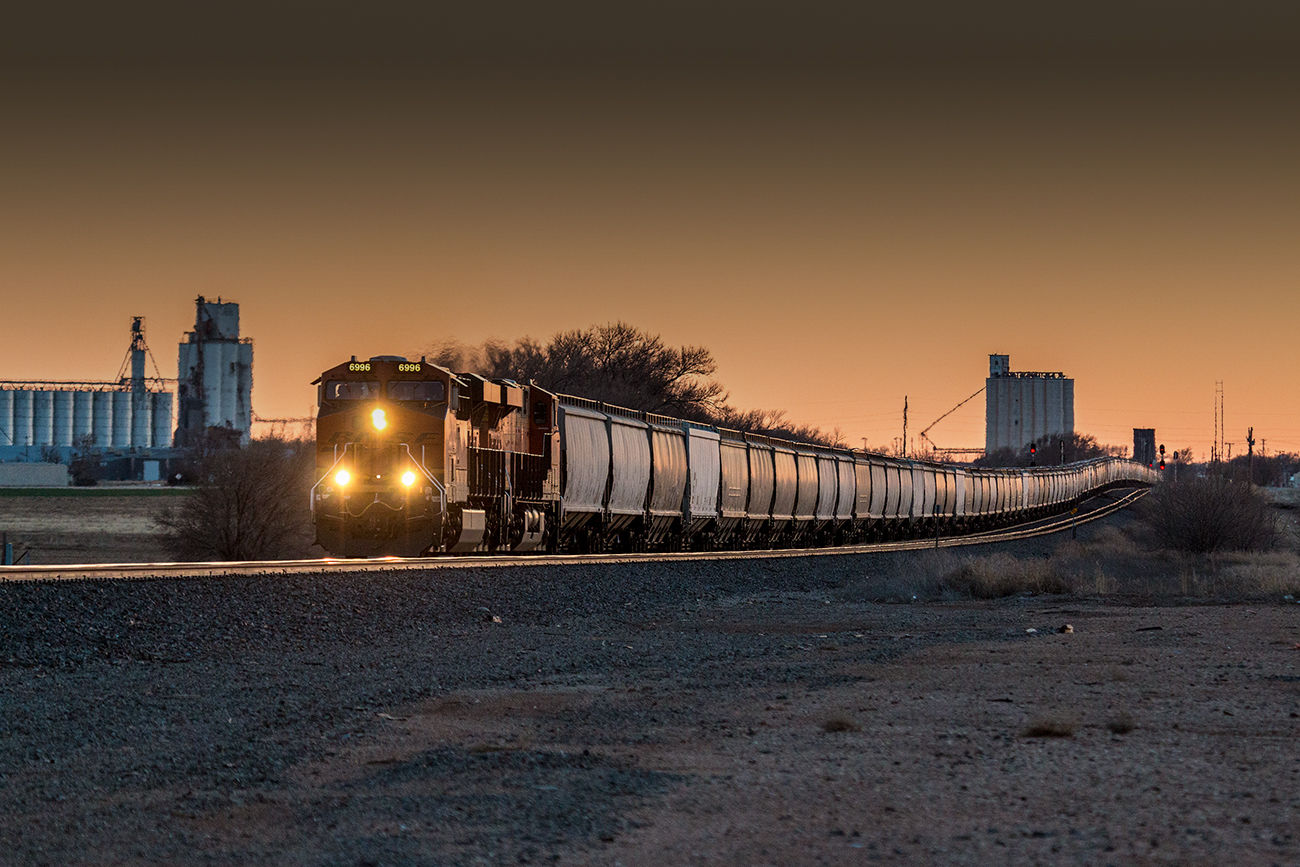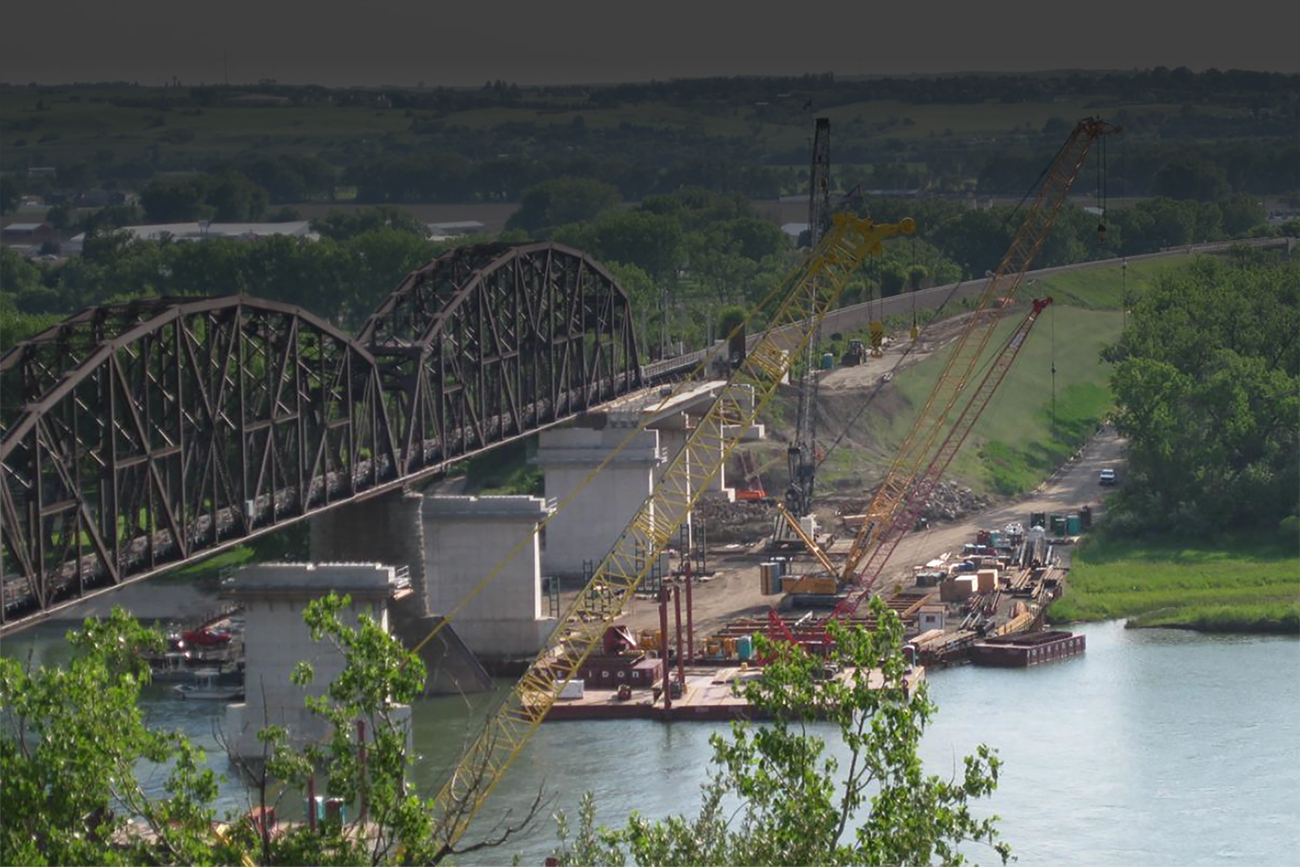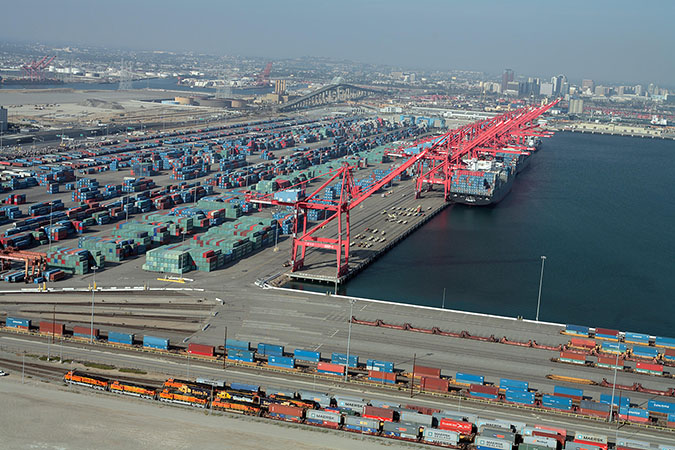
BNSF’s intermodal container ‘matchmaking’ program a win-win-win
By SUSAN GREEN
Staff Writer
Shipping containers come from overseas to U.S. ports every day loaded full of imports like electronics, toys, footwear, clothes – just about anything you can buy in big box stores. But what happens to those containers once they’re unloaded from trains or trucks? Most are transported back to the port empty, reducing efficiency and increasing costs.
To help ocean carriers manage their logistics and support efficiency in their supply chains, BNSF offers Intermodal service into several private Intermodal facilities through a program called Matchback.
The strategy increases utilization out of each container by reloading those 20- and 40-foot boxes with export commodities, moving them on a train to the West Coast for transport by ship to points beyond. The program “matches back” the container with a different product, turning an otherwise empty trip into a revenue-generating one.
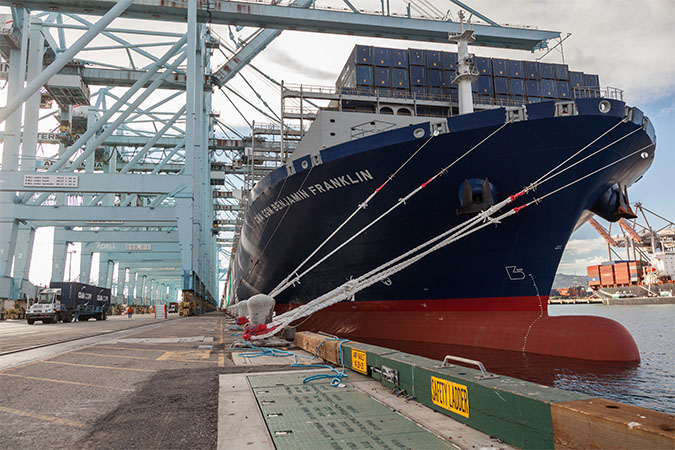
“We’ve been offering this service to ocean carriers for nearly two decades,” explained Ben Murray, director of sales for BNSF’s Consumer Products team. “It offers the potential to move more than air back in those containers.”
Under Matchback, BNSF partners with ocean carriers and logistics companies to move empty containers from our intermodal hubs to those logistic companies’ Intermodal facilities, where they are then reloaded onto a new train and sent back to West Coast ports. From there they’re loaded onto ships bound for China and other Southeast Asia countries.
One of the companies BNSF works with is Rail Modal Group (RMG), which owns and operates inland ports at Amarillo, Texas; Fremont, Nebraska; and Minot, North Dakota. RMG, BNSF’s largest Matchback partner, averages 15-20 trains a month and recently loaded its 1,000th train for BNSF out of Minot.
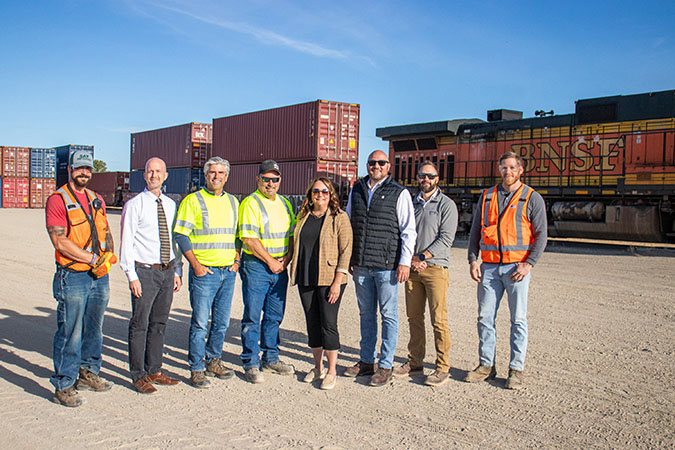
RMG supports the Matchback program by repositioning containers to underserved protein and agricultural product export markets, like Fremont. Producers at these locations need sustainable ways to move their freight other than by long-haul trucking that may require transloading, both of which add cost.
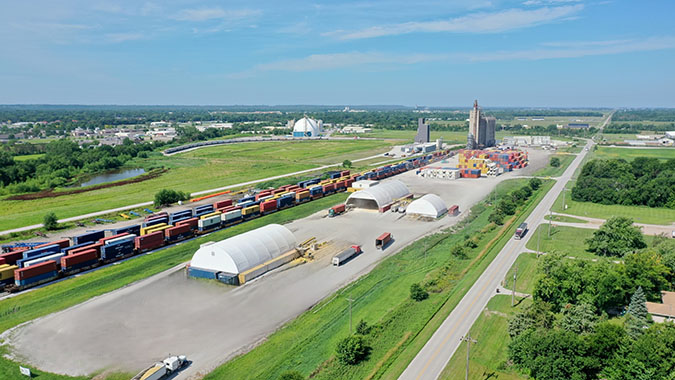
At RMG’s facilities there’s track for up to two trains at a time, and their tracks connect with BNSF’s main line. When RMG receives empty containers, they dray (truck) them to local producers that can load bulk as well as refrigerated commodities.
“We have storage and the ability to load many different types of commodities,” said Todd Whitmore, RMG’s chief commercial officer. “Cargo can include products like soybean meal, dried distillers’ grains (DDGs), cotton, whey powder, frozen beef and pork, animal hides and resins. We call them ‘grocery trains’ because of the diverse nature of the commodities on board.”
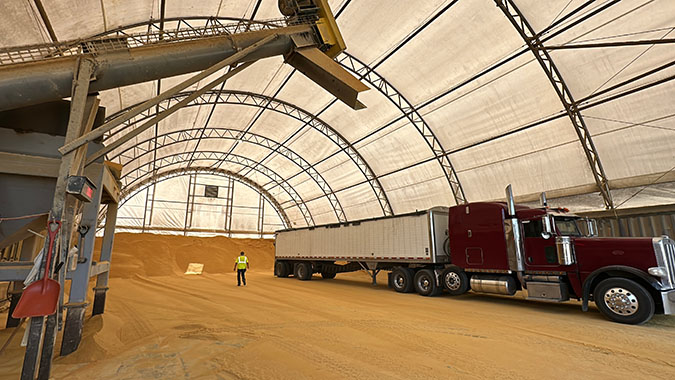
Some commodities can be bagged or boxed for loading into the container. For bulk commodities like DDGs, the commodity is fed by conveyor into the back of the container, with bulkheads to keep product from flowing out.
Once the containers are filled, RMG returns them to its nearby facility, loads them onto the planned full train, all while working with BNSF on finalizing the outbound train plan. When that outbound train has been released, RMG has already secured spots for each container on the ocean carriers’ vessels and then monitors them until they get to their ports of destination. At destination, the containers are unloaded by the customer. For products like grain, they use container unloaders that lift and tip the container, allowing the grain to flow out.
“We are an integrated supply chain company,” said Whitmore. “In addition to owning and operating the intermodal assets, we provide full, door-to-door logistics solutions for local producers — handling everything from export documentation to specialized refrigerated services for the country’s largest protein producers. In essence, we’re connecting stakeholders in a complicated logistics process and making it seamless.”
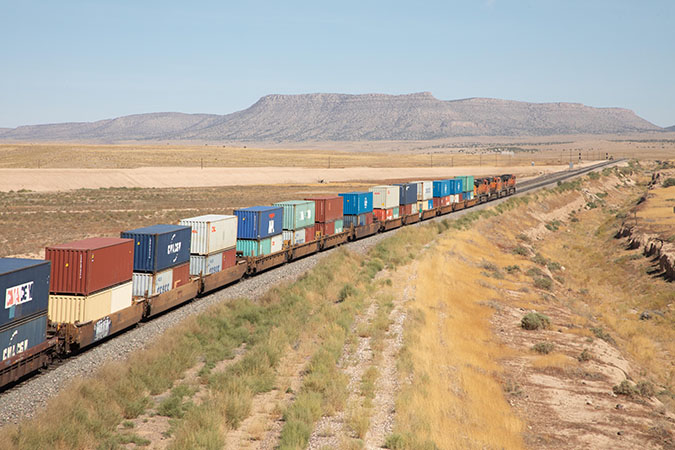
It’s a win-win-win situation. The railroad and the ocean carrier get loaded moves going both directions, and customers have more container supply where they need it. You might say… it’s a perfect match.
